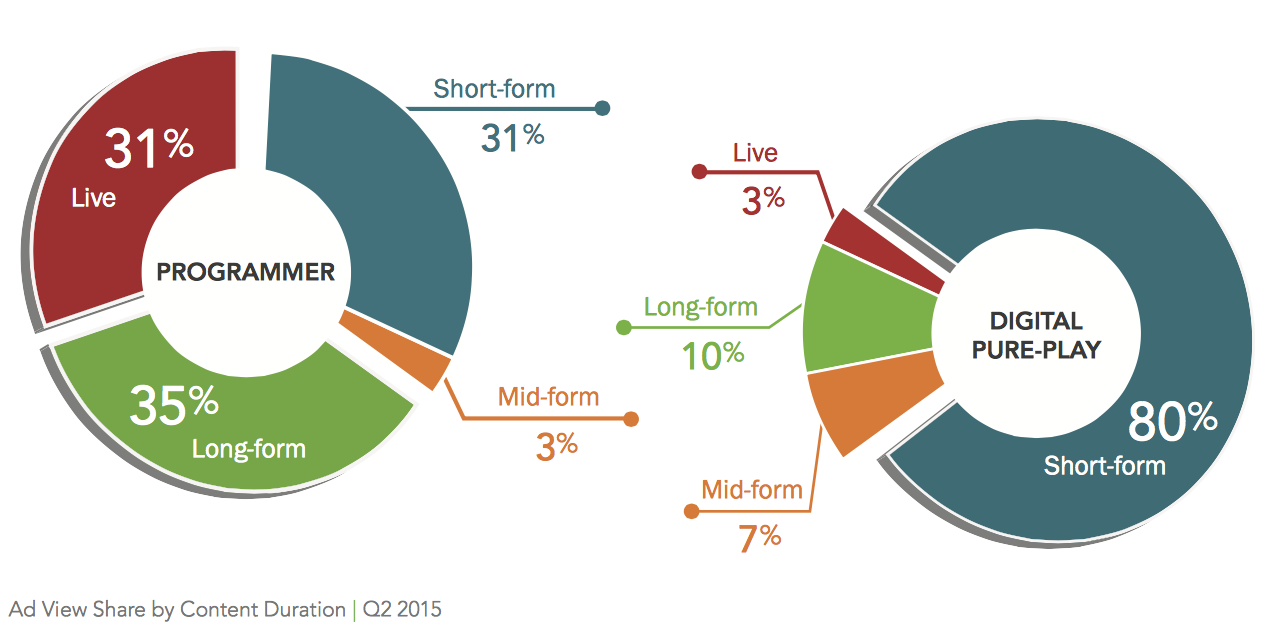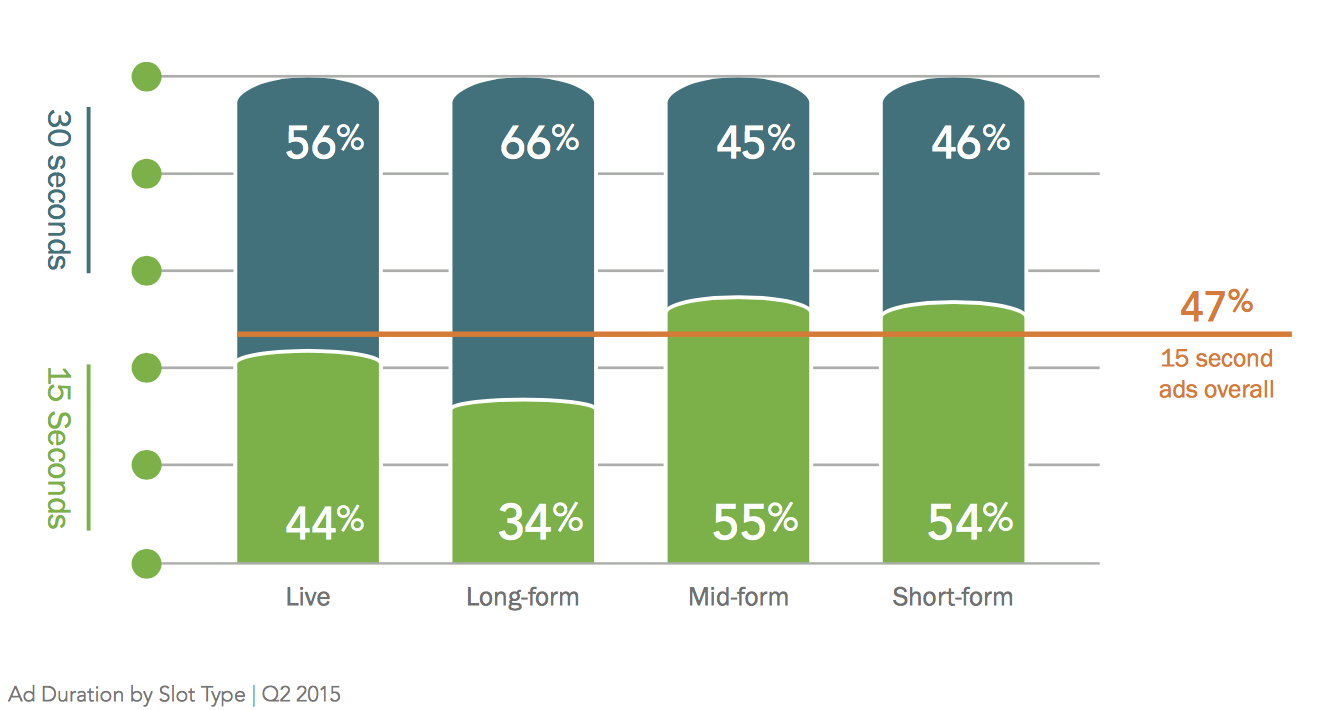ArenaNet, publisher and developer of the Guild Wars massively multiplayer roleplaying game (MMORPG) franchise, made a momentous announcement at PAX Prime this weekend: The core version of Guild Wars 2 is now available to play for free, effective immediately. This transition to free-to-play comes nearly three years after the game launched, and after the game has sold more than five million copies. Additionally, ArenaNet announced that the first expansion for Guild Wars 2, the highly anticipated Heart of Thorns, will be available on October 23 of this year.
“We believe the buy to play, subscription-free model for MMOs is good for players, and it’s good for developers,” said Mike O’Brien, co-founder and president of ArenaNet. “It gets a little tricky when a buy-to-play MMO introduces an expansion pack, leaving new players guessing about what they need to buy in order to start playing with their friends. As we get ready to release our first expansion for Guild Wars 2, we want to ensure that we keep a simple business model where new players can play the core game for free, while all players need only purchase one thing — Heart of Thorns — to get access to all of our new and future content.”
“In making Guild Wars 2 free, we’re not switching business models to a traditional free-to-play game, and we’re not aggressively monetizing free players through microtransactions,” said O’Brien. “We’re making the base game free because we’re confident that anyone who loves Guild Wars 2 will consider buying Heart of Thorns, continuing their experience into the expansion and beyond with Living World and our newly announced raids.”
Steve Fowler, head of global marketing for ArenaNet, spoke with [a]listdaily about this transition and what it means for ArenaNet.

Steve Fowler
Making Guild Wars 2 free is a big step. Was this something you had planned for a long time?
Yes. Planning for something as big as this is a full studio effort and in order for it to be as well delivered as it was it really took tremendous amounts of time and care. We had many discussions around how to balance the Play for Free version of Guild Wars 2 for both new players and veterans alike. We wanted to ensure that new players got as close to the real Guild Wars 2 experience as possible, as we are confident that if they just put time in and play they will fall in love with it and naturally want to purchase Heart of Thorns. For veterans we needed to ensure there were significant protections put in place to keep the game they have been playing and love the same as it always was.
It looks like you’ve taken great care to keep the game balanced, both for new players and for existing players, and to provide a good value for your paying customers. Is this a difficult balance to strike, and do you anticipate changes in the future as you gain more knowledge from the customers?
This was our primary concern. We have always believed in the Buy to Play business model and when we started exploring taking the core game free we wanted to approach it from this desire to retain what is great about Buy to Play. In addition to what I say above about vets and new player experiences we wanted to ensure that the business model we chose would make sense. The end product, we think, has come very close to balancing this.
We have not changed any of the fundamentals of our business model. There are no subscription fees, we have absolutely no changes in our Gem store, we do not sell power or time and these things are fundamental to Guild Wars 2 and needed to be retained when we began planning our Play for Free offer.
For new players the value is tremendous as we are in essence offering the full Guild Wars 2 experience that we launched in 2012 for free. This is the same game that won multiple game of the year awards and to this day holds a 90 percent + Metactritic review score. For a triple-A product to offer this much entertainment for free we think is somewhat unprecedented.
There have been a number of MMORPGs in the past few years that have transitioned to free-to-play. What have you learned from their experiences, both positive and negative?
We did a significant amount of research and analyzed strengths and weaknesses in different approaches to going free. Although several companies have already made a transition from a paid model to a free model, none of them were exactly the same as where we came from. I think what we did is unique in several ways.
First and foremost, Guild Wars 2′s business is extremely healthy. We recently announced that we have surpassed 5 million units sold and are about to launch our first expansion with Heart of Thorns. So while some companies see going free as a means to save their business we did not approach the transition from this need.
Secondly, we have the advantage of having our “Buy to Play” business model that allows us to make the decisions we’ve made and, as discussed earlier, this allowed us to not have to make drastic changes to our monetization systems and offer new players tremendous value.
Another unique approach we made was the choice of announcing and launching at the same time. We could only do this because of these unique advantages. It allowed our community to be our mouthpieces. Free to Play comes with some negative pre-conceptions and the best way we could think of dispelling the negativity that players might speculate against was to allow them to log in and see for themselves that it’s the same Guild Wars 2 they know and love, just with lots more players.
Now that the basic Guild Wars 2 game is free, how does that alter your marketing strategy How do you plan to get the word out to the audience of potential players?
This is a great question. It is actually a huge advantage for our marketing department as it allows us the ultimate initial sales pitch. What better way to sell Heart of Thorns than to have someone fall in love with the core game Once they come to see how amazing the core game is we think it is only natural for them to want the expansion and continue their journey.
As for tactics to accomplish this, our marketing team now will have access to the best sales tool possible: the game itself. We don’t need to rely as much on expensive paid media and earned and owned marketing tactics but rather use the game itself as a means to upgrade to Heart of Thorns.
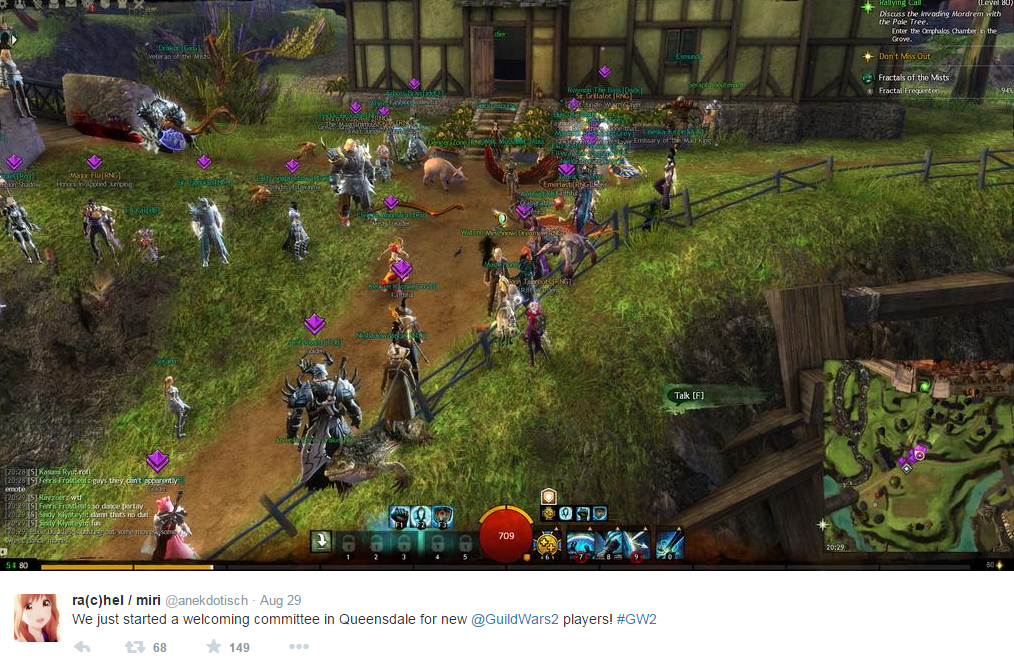
Fan tweet after
Guild Wars 2 goes free
What’s been the immediate response to your announcement about Guild Wars 2, and what expectations do you have for the game over the next few months?
The response has been overwhelmingly positive with several news outlets claiming that is could possibly be the best free game offering in the business. But more than that our community has been absolutely amazing in welcoming new players with open arms. This weekend we literally had thousands of veteran players in our starter zones setting up welcoming committees and helping new players get started.
The few naysayers that don’t take the time to read what our Play for Free product is all about and just assume we are a typical Free to Play game are quickly corrected online when they speak out by our fans and amazing community.

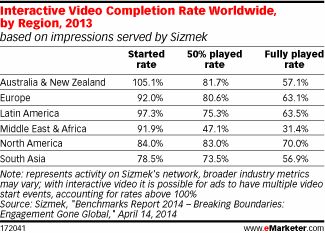
 Steve Fowler
Steve Fowler
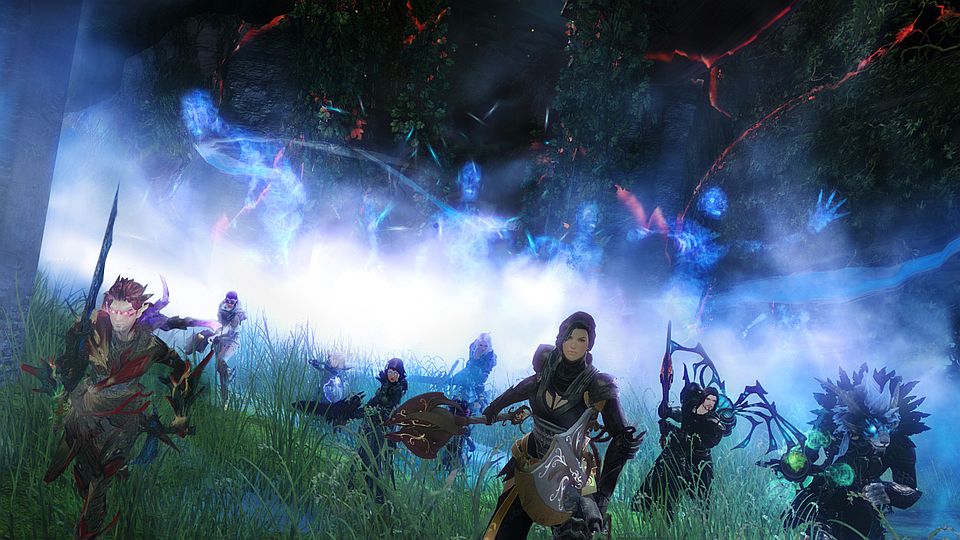
 Fan tweet after Guild Wars 2 goes free
Fan tweet after Guild Wars 2 goes free
